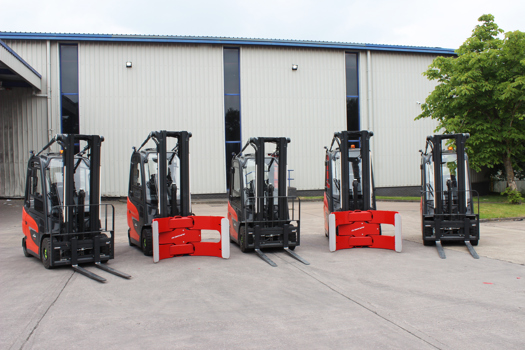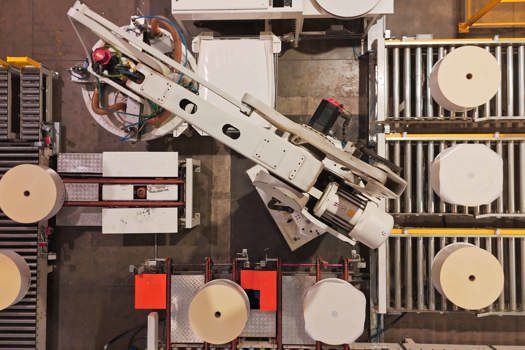The Large Combustion Plants Directive (LCPD) comes into effect from 1 January 2008 and sets emission limit values (ELVs) for sulphur dioxide, nitrogen oxides and dust for combustion plants with a thermal input of more than 50mw.
One manufacturer, Tullis Russell, is currently evaluating its energy strategy. The firm has plans to build a biomass energy plant at its Fife-based mill (PrintWeek, 1 February 2007).
Tullis Russell chief executive Chris Parr said: “The effects of LCPD and the integrated pollution prevention and control directive (IPPC) will have a direct impact on Tullis Russell and other similar scale manufacturers.
“We are currently evaluating an appropriate energy strategy that will address both Best Available Technology and environmental considerations.”
One industry insider added: “This directive does not ban the use of coal, but requires large users to upgrade their equipment to put in more sophisticated pollution control devices. It is possible that this affects several mills.”
But, a spokeswoman for Defra said that companies needed to be clear on whether their plants were above the 50mw threshold.
She said: “The ELVs are set according to the type of fuel used and to the actual thermal capacity of the plant. There is certainly not a prohibition of the use of any fuel, but compliance with the ELVs does require the plant to have pollution control measures in place to meet them.”
According to Defra, such plants are also subject to the IPPC directive, which is aimed at permitting and controlling industrial emissions. This takes precedence over the LCPD directive.
LARGE COMBUSTION PLANTS DIRECTIVE
• Comes in to force 1 January 2008
• Sets emission limit values on nitrogen oxide, sulphur dioxide and dust particles
• Will affect power stations, oil refineries, steelworks and other processes running on solid, liquid or gaseous fuel plants above a thermal output greater than 50mw
• Aims to reduce acidification, ground level ozone and particles throughout Europe
Have your say in the Printweek Poll
Related stories
Latest comments
"Whatever happened to the good old fashioned cash job! At least the banks didn't take 2-3% of each sale. After 30 odd transactions that £100 quid you had has gone."
"Next week it'll be Bitcoin"
"Everyone seems satisfied with that result. I wonder if it will always be so amicable."
Up next...

Safety and performance
PCP boosts sustainability with electric forklift fleet

Supports European strategy
Antalis continues acquisitive streak with Club Groupe buy

Newly created role
Pincroft strengthens growth strategy with senior appointment

Unlocking efficiencies and driving growth



